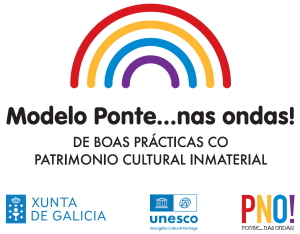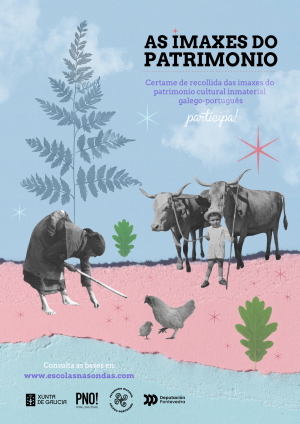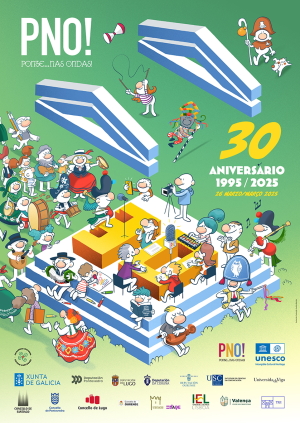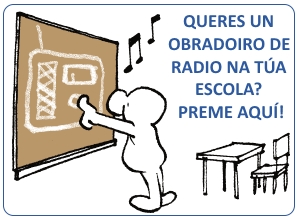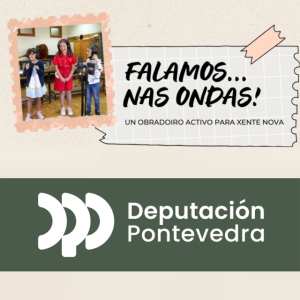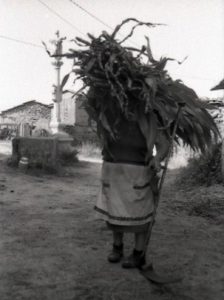 Photographs save a part of memory and histories of life that people and communities carried out on a space and on a territory for many decades. By accessing these picture files, we can relive a significant part of cultural manifestations that has already disappeared and we can also understand those manifestations that still remain.
Photographs save a part of memory and histories of life that people and communities carried out on a space and on a territory for many decades. By accessing these picture files, we can relive a significant part of cultural manifestations that has already disappeared and we can also understand those manifestations that still remain.
One of the goals of the contest PICTURES OF HERITAGE is to involve education centres, families and bearer communities on this assignment. This contest consists on the rescue of expressions and manifestations of the intangible contents of culture that nowadays are common heritage.
Black and white photographs (before colour’s arrival) illustrate a period in which the knowledge, the skills, the ways of organization and the collective expressions were still placed in people and communities, conforming a way to be and to stay on the world.
Everyday life habits present situations and actions that remained printed in black and white pictures that each person, each family, keep as an intimate and private past. Experiences of each family take part of the collective emotions that have their meeting point in festive celebrations or in shared assignments. We recognize this legacy of previous generations as a heritage that we preserve and we revive in every view of these pictures. A vision that connects us with the past that carried us to the present with cultural manifestations that take part of our collective memory for its symbolism.
“The culture we call intangible is the lived culture, which is associated indissolubly to the activity of people and communities”.
Pictures allow to know specific elements and experiences to verify, since the present, the value that they have achieved and still achieving.
But… What are those elements and experiences that are in black and white?
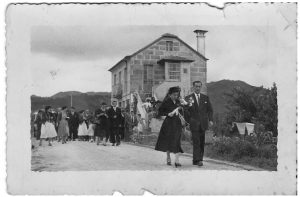 We could quote a long list of situations that were developed, in the territory of Gallaecia, in front of the first camera lenses. Those pictures were often taken by strangers that captured snapshots of faces that were still surprised for having a camera in front of them.
We could quote a long list of situations that were developed, in the territory of Gallaecia, in front of the first camera lenses. Those pictures were often taken by strangers that captured snapshots of faces that were still surprised for having a camera in front of them.
If we do a short tour by the photographic file of families, since the first studio pictures going through the exterior pictures, we can have a socio-economic profile of the past 150 years at least; since the periods where old people were in charge of transmitting their knowledge to the others, where grandparents and parents socialized with the boys and grandmothers and mothers socialized with the girls, separately.
And there are pictures of this transmission spread all over, where it appears the young people sharing domestic situations like pig slaughter, launder of clothes, farming tasks or parties and celebrations.
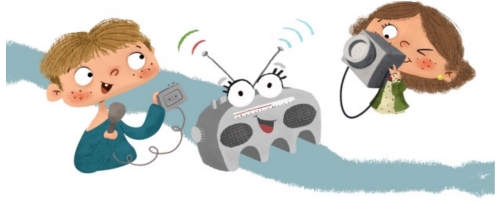
If we considerate these representative fields of the Galician-Portuguese intangible heritage, we will have a more specific reference to find these images in the photographic heritage of families:
1. The oral expressions: Orality is an expression that identifies humans clearly. Situations of speech, of conversations, of songs, of listening…
2. The knowledge and the trades: How to prude the vineyard? How to conserve the meats? How to seed the legumes? How the potters do the pots?
3. The agriculture and the aquaculture: How we cultivate the soil? How we do the wine? The skills of traditional fishing, the fabrication of ships, fishing nets, tinned foods…
4. The festive annual calendar: Christmas, the Carnival, the May Day, the Romerías, the Magosto, the harvesting of wine grapes…
PICTURES OF HERITAGE remain saved in families’ memory. Let’s bring the old photographs to the present and let’s give them an educational approach with the student body in classrooms to know better who we are and where we come from; so that new generations will know the nearby and closest past of their loved ones, so that we can give a new vitality to experiences that were part of the lifestyle of generations of our ancestors.


